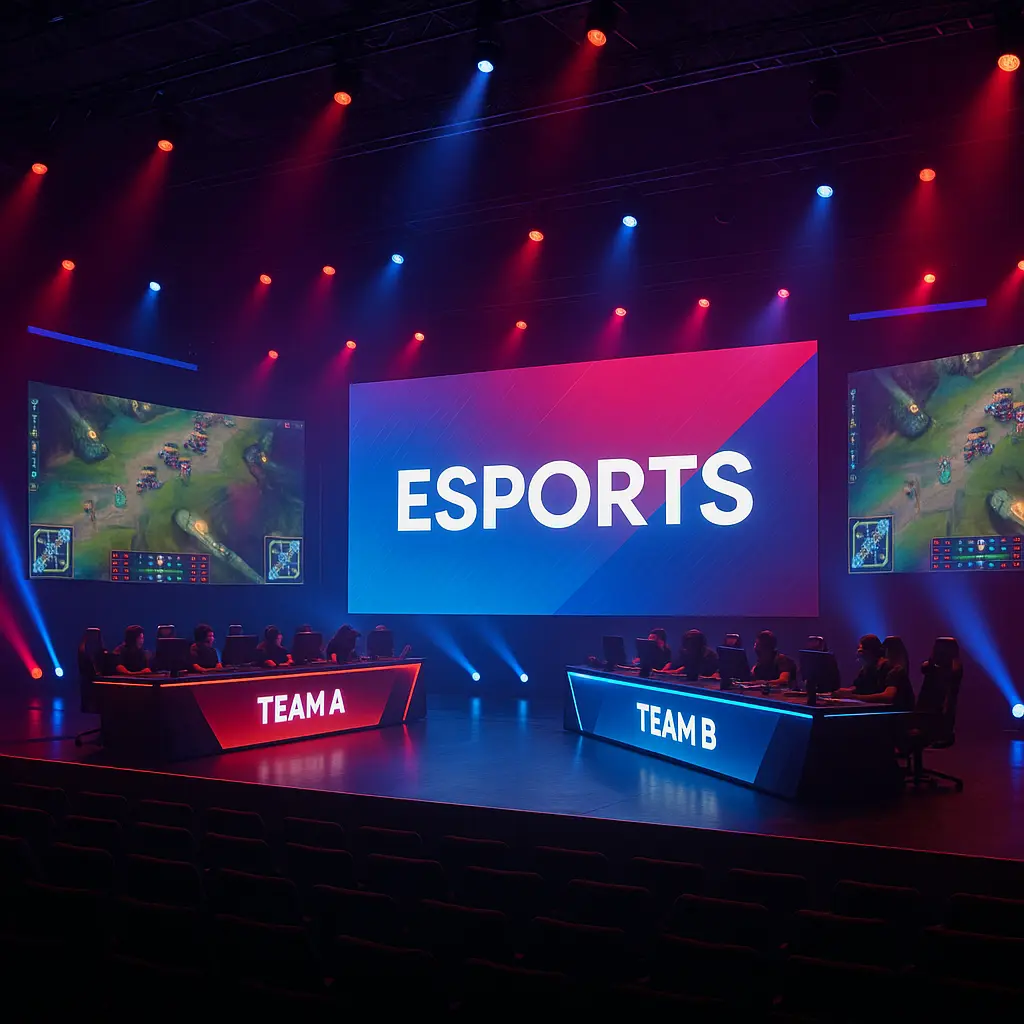Professional gaming has reached an interesting crossroads. Tournament organizers are moving beyond single-game formats, creating championship series that span multiple titles and genres. It’s a bold experiment that tests something we rarely measure in esports: pure adaptability.
I’ve watched this trend develop over the past three years, and it’s fascinating how it changes everything. Players can’t rely on muscle memory alone when they’re switching from a first-person shooter to a real-time strategy game mid-tournament. Betting platforms like 1xbet have taken notice too — they’re offering cross-game performance markets and adaptability odds for players competing across different titles. The complexity is staggering, but that’s what makes it compelling.
Tournament Structure and Format Innovation
The logistics behind multi-game tournaments require esports tournament management systems that can handle rapid transitions between completely different gaming environments. Organizers face unique challenges that single-game tournaments never encounter.
Key structural elements include:
- Standardized practice periods between game transitions to maintain competitive fairness
- Scoring systems that balance skill differences across various gaming genres
- Equipment standardization protocols for different input devices and display requirements
- Time management frameworks that account for varying match lengths across titles
- Player substitution rules adapted for multi-disciplinary team compositions
The most successful formats I’ve observed use a points-based system rather than traditional elimination brackets. Players accumulate points across different games, with final rankings determined by overall performance rather than dominance in any single title. This creates interesting strategic decisions — do you focus on your strongest games or try to minimize weaknesses?
Some tournaments rotate through as many as five different games over a weekend. Counter-Strike might be followed by League of Legends, then Rocket League, StarCraft II, and ending with a fighting game. The mental stamina required is genuinely impressive.
Equipment transitions present their own challenges. Moving from keyboard and mouse to a fighting game controller, then to a racing wheel — it’s not just about skill, it’s about physical adaptation. Tournament organizers provide practice stations, but the time pressure is real.
Player Adaptation Strategies and Training Methods
Professional gamers are adapting their training regimens in ways that would have seemed impossible five years ago. Cross-genre gaming skill development reveals training approaches that borrow from traditional sports psychology and multi-disciplinary athletics.
Players I’ve interviewed describe fundamentally different preparation methods. Instead of grinding thousands of hours in a single game, they’re developing what one player called “gaming literacy” — understanding core mechanics that translate across genres. Reaction time, spatial awareness, and pattern recognition transfer surprisingly well between different types of games.
The mental aspect can’t be understated. Switching from the tactical patience required in StarCraft to the split-second reflexes needed in Tekken demands a different kind of mental flexibility. Some players work with sports psychologists to develop switching protocols — mental routines that help them transition between gaming mindsets.
Team dynamics become more complex when you’re dealing with players who have different strengths across various games. Traditional esports teams might have clearly defined roles, but multi-game squads need players who can adapt their positions based on the current title.
Economic Impact and Market Development
The financial implications extend beyond prize pools and sponsorships. Multi-game tournaments are creating new revenue streams that didn’t exist in traditional single-game competitions. Viewership patterns show interesting spikes — audiences stick around longer when they know the format will change every few hours.
Sponsorship deals are becoming more complex too. A peripheral manufacturer might sponsor the entire circuit rather than just the segments where their products are used. This creates more stable funding models for tournament organizers.
The betting market has responded with sophisticated new options. You can bet on individual game performance, overall circuit rankings, or even specific adaptation metrics — like how quickly a player’s performance improves in their weakest game throughout the tournament. The data analysis required for these markets is substantially more complex than traditional esports betting.
Broadcasting presents unique challenges and opportunities. Production teams need expertise across multiple games, and commentary requires broader knowledge bases. Some tournaments use game-specific analysts who tag in and out, while others train commentators to handle the full range of titles.
Player salaries are adjusting to reflect the broader skill requirements. Multi-game specialists command different compensation structures than single-game experts. It’s creating a new tier of professional gaming that didn’t exist before.
The long-term market implications remain unclear. Will this format supplement traditional single-game tournaments or eventually replace them? The audience response suggests there’s room for both, but the resource requirements for multi-game events are significantly higher.
What’s certain is that professional gaming is becoming more demanding and more diverse. The days when mastering one game could sustain a career are numbered. Players who can adapt across genres have a competitive advantage that extends beyond any individual tournament.
